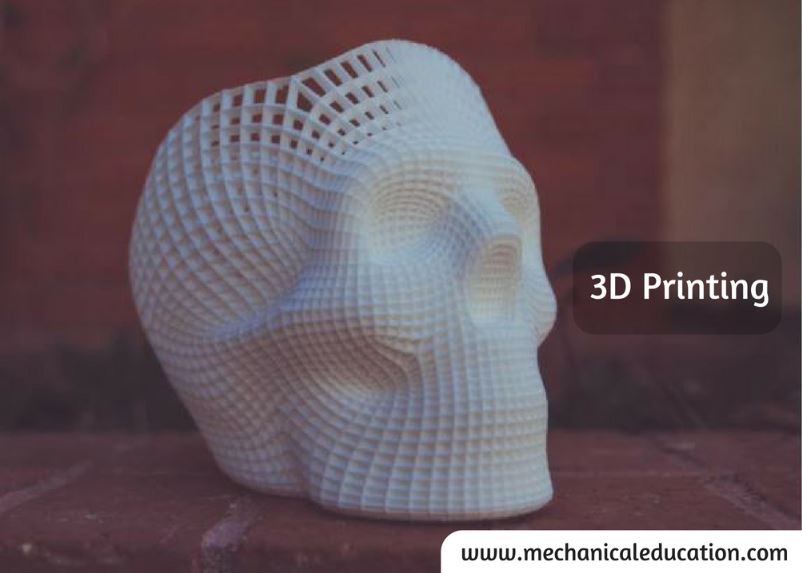Electron beam welding (EBW) is a welding technique that uses a high-velocity beam of electrons to join two materials together. Here are some common applications of electron beam welding:
- Aerospace industry: Electron beam welding is used extensively in the aerospace industry to join parts of aircraft together such as engine components, rocket nozzles, and satellite components.
- Medical industry: Electron beam welding is used in the medical industry to join small and delicate parts of medical devices together such as surgical instruments, implants, and catheters.
- Nuclear industry: Electron beam welding is used in the nuclear industry to join parts of nuclear reactors together such as fuel rods and heat exchangers.
- Defense industry: Electron beam welding is used in the defense industry to join parts of weapons and ammunition together such as gun barrels, missile casings, and armor plates.
- Automotive industry: Electron beam welding is used in the automotive industry to join parts of cars together such as engine components, exhaust systems, and transmission components.
Overall, electron beam welding is a precise and efficient welding technique that is used in a variety of industries where high-quality welds and accuracy are required. Its ability to weld thick and complex materials with minimal distortion makes it a popular choice for many different applications, especially in the aerospace and medical industries.
Frequently Asked Questions
1. What is electron beam welding, and how does it work?
Electron beam welding is a high-energy welding process that utilizes a focused beam of electrons to create a weld. The electrons generate intense heat upon impact with the workpiece, leading to the fusion of metals.
2. Where is electron beam welding commonly applied in industrial settings?
Electron beam welding is widely used in various industries, including aerospace, automotive, medical device manufacturing, and electronics. It is favored for its precision in joining materials with minimal heat-affected zones.
3. How does electron beam welding differ from traditional welding methods like arc welding?
Electron beam welding differs from traditional welding methods as it does not require direct contact between the electrode and workpiece. Instead, it uses a focused beam of electrons to create the weld, resulting in less distortion and improved precision.
4. What are the advantages of electron beam welding over other welding processes?
Advantages include high precision, deep penetration capabilities, minimal distortion, suitability for joining dissimilar metals, and the ability to produce welds in challenging-to-reach areas.
5. Can electron beam welding be used for both thick and thin materials?
Yes, electron beam welding is versatile and can be used for a wide range of material thicknesses. It is particularly well-suited for both thin and thick materials due to its deep penetration capabilities.
6. Is electron beam welding suitable for high-volume production?
While electron beam welding is highly efficient and precise, it is often used for specialized or complex applications. In high-volume production, factors such as equipment costs and cycle times may influence the choice of welding methods.
7. How is the vacuum environment utilized in electron beam welding chambers?
Electron beam welding is typically performed in a vacuum environment to prevent the scattering of electrons and to eliminate the oxidation of materials. The vacuum enhances the efficiency and quality of the welding process.
8. Can electron beam welding be used for welding dissimilar metals?
Yes, electron beam welding is well-suited for welding dissimilar metals. The process allows for the joining of materials with different melting points and thermal conductivities, providing flexibility in material selection.
9. What safety precautions are necessary for electron beam welding?
Safety precautions include the use of protective gear for operators, shielding to prevent exposure to radiation, and ensuring proper ventilation in the welding area. Operators must follow strict safety guidelines to minimize risks.
10. What types of joints can be produced using electron beam welding?
Electron beam welding can produce a variety of joints, including butt joints, fillet joints, and lap joints. The process’s precision and deep penetration capabilities make it suitable for creating strong and reliable welds in different joint configurations.




